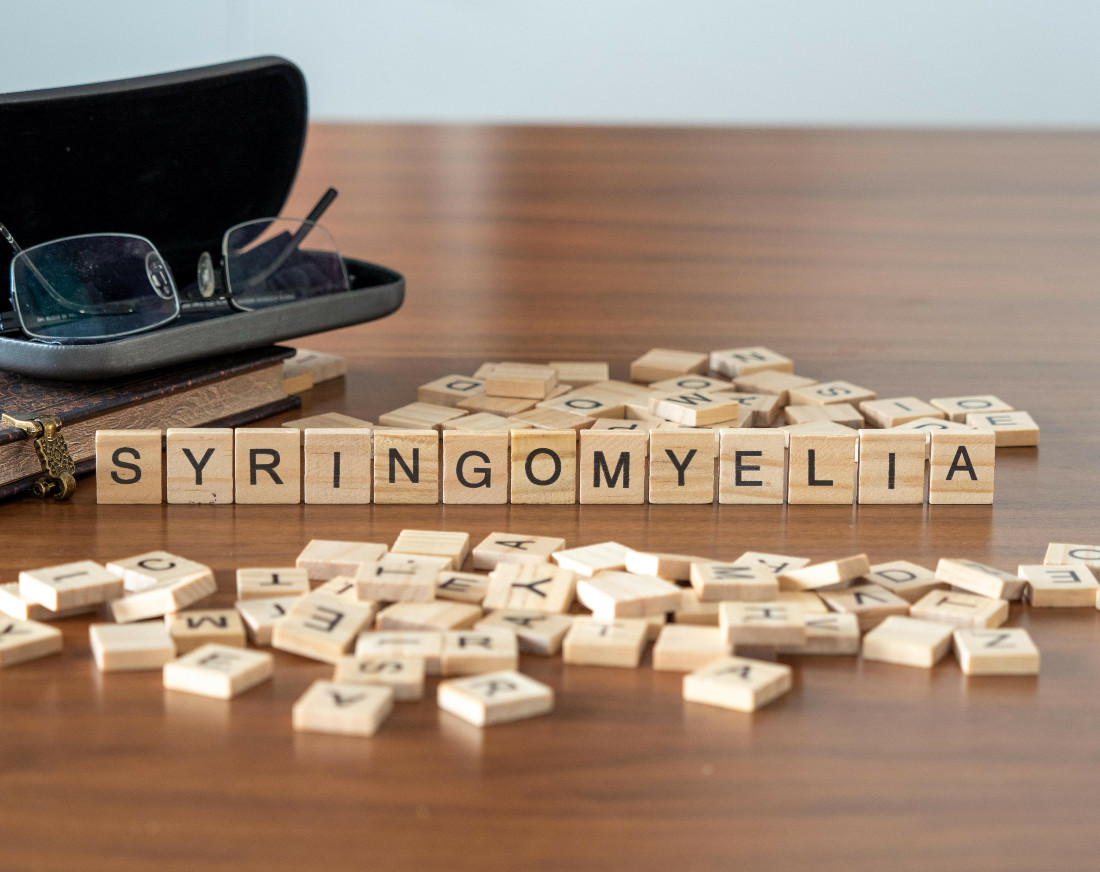Articles
There are several conditions that can push or pull your cerebellar tonsils down past the foramen magnum creating an "Acquired Chiari Malformation" scenario. If doctors checked for these pathological comorbidities before decompression surgery, decompression surgery might have a better success rate. [Read More]
A Chiari Malformation has been recognized as one of the causes of Intracranial Hypertension (IH/IIH), but research has now shown that it can also cause the cerebellar tonsils to fall, creating an "Acquired" Chiari Malformation scenario. [Read More]
Spinal leaks can pull your cerebellar tonsils downward creating an "Acquired" Chiari Malformation scenario. Sadly, most doctors get so caught up on the size of the herniation that they seldomly check for leaks that rarely show up on MRI imaging. [Read More]
Having a tethered spinal cord can cause a pulling down of the brainstem and cerebellar tonsils associated with an "Acquired" Chiari Malformation scenario. [Read More]
Craniocervical Instability is a problem in the way that the skull and C1 are interacting with one another. When this problem exists, it can cause the tonsils to prolapse creating an "Acquired" Chiari Malformation scenario. [Read More]
As mentioned, Chiari can be congenital, or it can be secondary to other conditions that we call "pathological comorbidities." However, Chiari can also cause other secondary conditions that are also considered comorbidities. Therefore, it is important to ask, is this pathological to Chiari or of Chiari. [Read More]
The word syrinx (seer-inks), plural syringes (seer-en-geez), means cavity or cyst. Syringomyelia (seer-ingo-my-el-lee-uh) is when the cyst forms in the spinal cord (myelo usually refers to the spinal cord). [Read More]
Give us feedback...
Chiari Bridges was built by patients for the benefit of patients going down the road after them. If you have any ideas for improvement or questions, we want to hear from you!
©
2017 - 2025
by Chiari Bridges, Inc.
All rights reserved.
All rights reserved.







